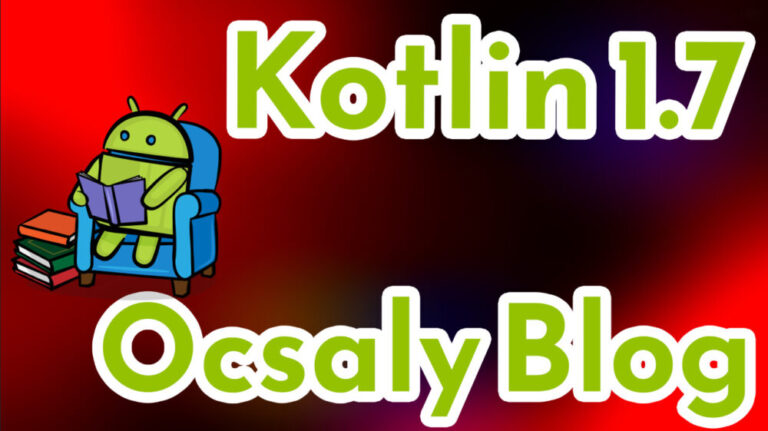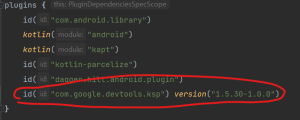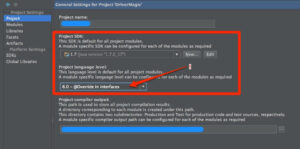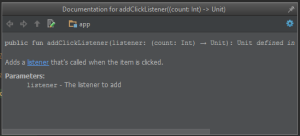Kotlin is a programming language that runs on the Java Virtual Machine (JVM) and has gained popularity in recent years due to its simplicity, safety, and interoperability with Java. The latest release of Kotlin, version 1.7, was announced in October 2021 and introduced a number of new features and improvements. In this blog, we’ll explore some of the pros and cons of Kotlin 1.7.
Pros of Kotlin 1.7:
- Null safety: Kotlin 1.7 provides better support for nullability. The introduction of a new syntax for nullable types and an extension function for non-null assertion makes it easier to handle null values in code. This helps reduce the risk of NullPointerException errors.
- Improved performance: Kotlin 1.7 introduces a number of performance improvements, such as faster compilation times, faster type inference, and reduced memory usage. This makes Kotlin code run faster and more efficiently.
- Improved interoperability with Java: Kotlin was designed to be interoperable with Java, and Kotlin 1.7 improves on this by providing better Java compatibility. This makes it easier to integrate Kotlin code with existing Java codebases.
- Simplified code: Kotlin is known for its concise syntax, and Kotlin 1.7 takes this further by introducing new language features that simplify code even more. For example, the introduction of sealed interfaces and classes can simplify complex hierarchies and reduce boilerplate code.
- Better IDE support: Kotlin 1.7 introduces better IDE support for IntelliJ IDEA, which is the primary IDE for Kotlin development. This makes it easier to develop and debug Kotlin code, and provides better code completion and navigation.
Cons of Kotlin 1.7:
- Smaller community: While Kotlin is gaining popularity, it still has a smaller community compared to other programming languages like Java or Python. This can make it harder to find answers to specific problems or get support from other developers.
- Learning curve: While Kotlin is designed to be easy to learn for Java developers, there is still a learning curve. Developers who are not familiar with functional programming concepts may find some of Kotlin’s features, such as lambdas and higher-order functions, challenging to understand.
- Limited tooling: While IntelliJ IDEA provides excellent support for Kotlin, other tools like Eclipse or NetBeans may not have the same level of support. This can make it harder for developers who prefer these tools to adopt Kotlin.
- Limited libraries and frameworks: While Kotlin is interoperable with Java, it still has a smaller ecosystem of libraries and frameworks compared to Java. This can make it harder to find ready-made solutions for specific problems.
- Lack of backward compatibility: Kotlin 1.7 introduces new language features, but these may not be compatible with older versions of Kotlin. This can make it harder for developers who want to use newer features while still maintaining backward compatibility with older codebases.
Conclusion:
Kotlin 1.7 introduces a number of new features and improvements that make it a strong contender for modern software development. Its null safety, improved performance, simplified syntax, and better IDE support make it a great language to work with. However, it still has some drawbacks, such as a smaller community, limited tooling and libraries, and a learning curve. Developers should consider these factors before deciding to adopt Kotlin for their projects.










